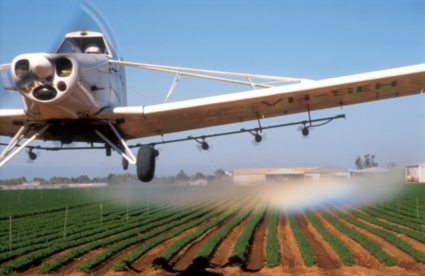Chapter 5 is by Simon Apte and Graeme Batley
 In general, control of pollutants at their source is more effective than remediation because of their persistence in the environment and concentration through the food chain.
In general, control of pollutants at their source is more effective than remediation because of their persistence in the environment and concentration through the food chain.
Elevated levels of salinity, nutrients, metals, pathogens, and organic contaminants (e.g. pesticides) are the main causes of poor water quality in Australia. Pollutants are derived from a wide range of sources including agriculture, industry, and urban areas.
Sediment layers at the bottom of waterways are a major sink for nutrients and contaminants, which can be released into waters and become toxic under certain conditions.
New contaminants, for example pharmaceuticals, are continually emerging and much monitoring and research is focussed on detecting their presence and toxicity in aquatic environments.
Chapter 5 is by Simon Apte and Graeme Batley
In general, control of pollutants at their source is more effective than remediation because of their persistence in the environment and concentration through the food chain.
Elevated levels of salinity, nutrients, metals, pathogens, and organic contaminants (e.g. pesticides) are the main causes of poor water quality in Australia. Pollutants are derived from a wide range of sources including agriculture, industry, and urban areas.
Sediment layers at the bottom of waterways are a major sink for nutrients and contaminants, which can be released into waters and become toxic under certain conditions.
New contaminants, for example pharmaceuticals, are continually emerging and much monitoring and research is focussed on detecting their presence and toxicity in aquatic environments.
